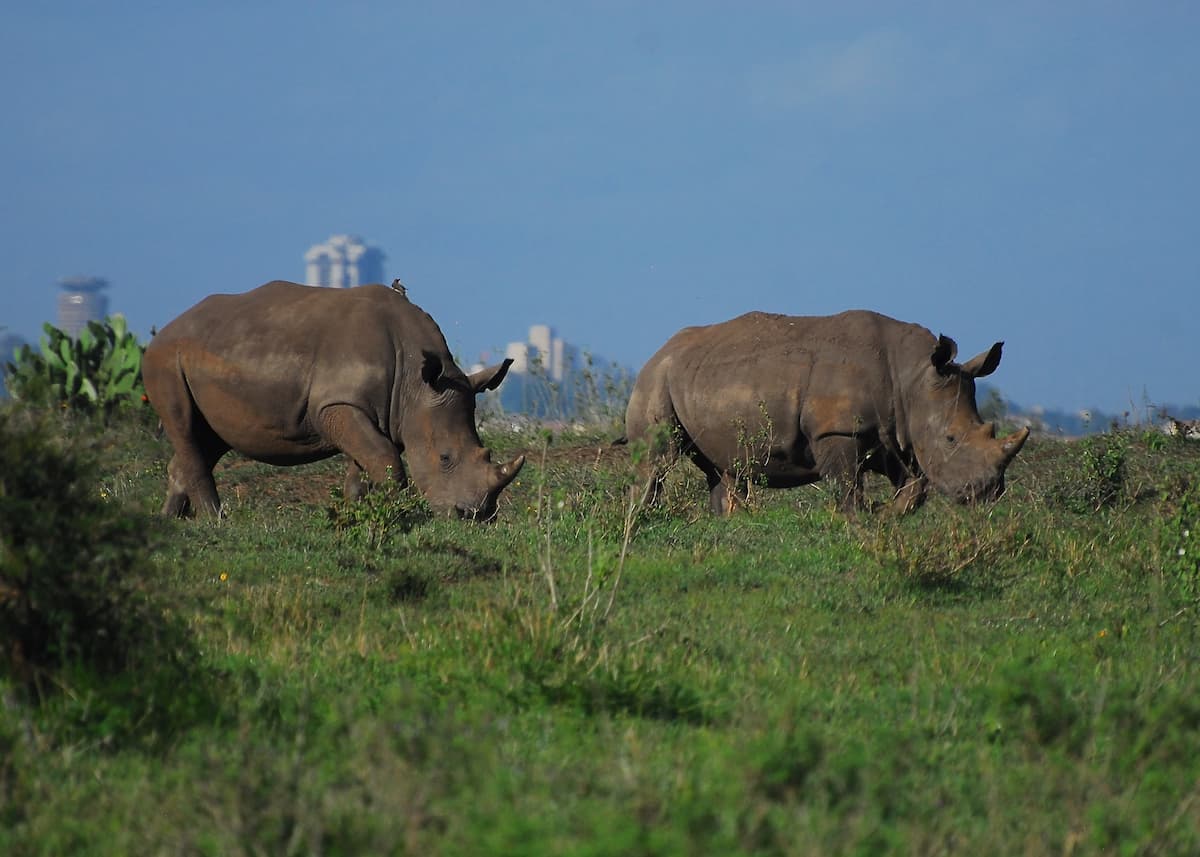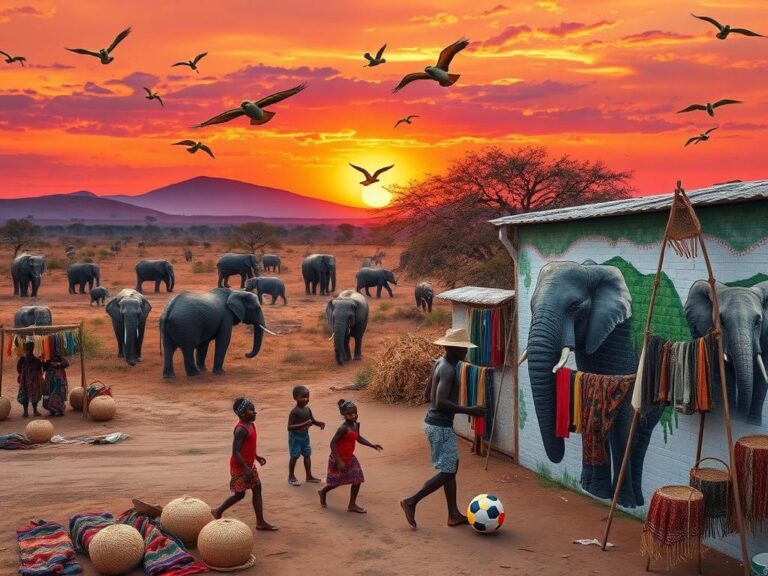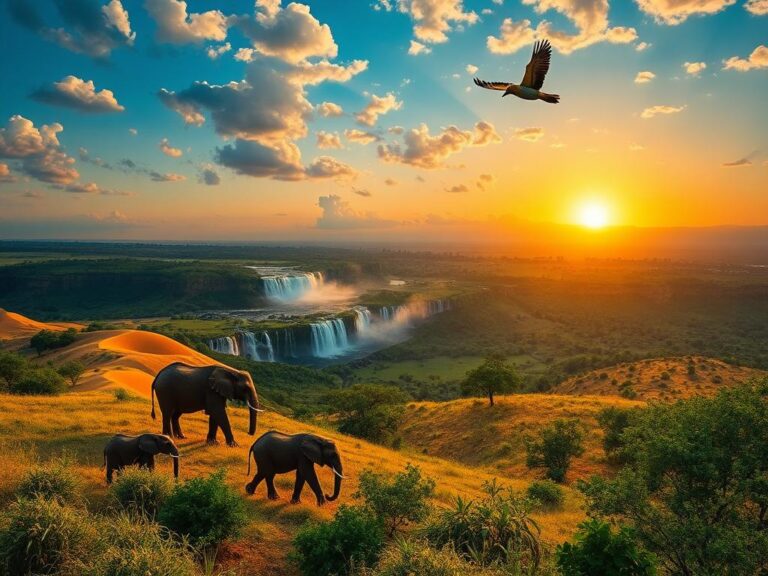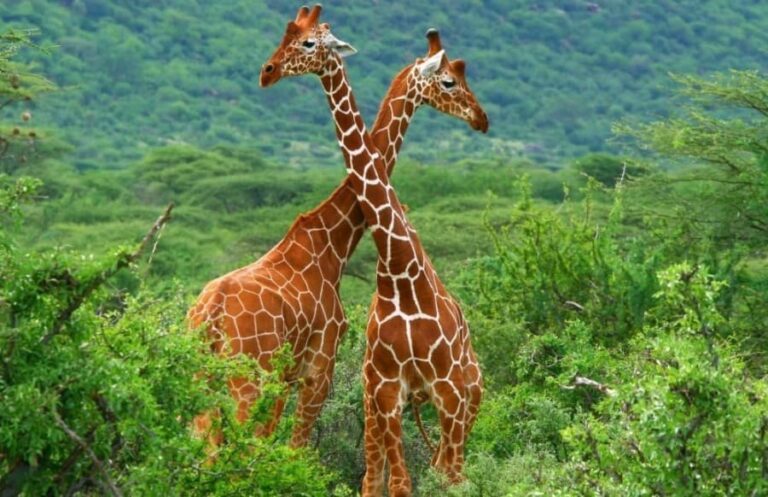
Best Time to Visit Kenya: Timing Your African Adventure for Maximum Experience
Best time to visit Kenya greatly depends on what you hope to experience during your journey through this magnificent country.
With its rich wildlife, stunning landscapes, and vibrant cultures, Kenya offers a multitude of experiences that vary throughout the year.
In this comprehensive guide, we will explore the best times to visit Kenya for various adventures, including wildlife safaris, beach trips, and cultural immersion. We will also provide insights into weather patterns, peak tourist seasons, and unique events that can enhance your travel plans. Read on to discover how you can hit the sweet spot in timing your next adventure in Kenya!
Understanding Kenya’s Climate and Seasons
Kenya experiences a diverse climate across its various regions, which is crucial for planning your trip.
Generally, the country has four main seasons: the long rainy season, the short rainy season, the dry season, and the shoulder seasons.
Understanding the weather trends can be vital in determining the best time to visit Kenya, especially if your focus is wildlife observation or relaxation on the coast.
The long rainy season stretches from March to May, which often results in cooler temperatures but can lead to roadways becoming impassable.
Conversely, the dry season, which runs from June to October, sees lower rainfall and offers ideal conditions for outdoor activities.
By recognizing these patterns, travelers can tailor their itineraries to align with the activities they most wish to enjoy.
The Great Migration: A Spectacle Like No Other
The Great Migration, spanning from July to September, is one of the most breathtaking natural occurrences on our planet.
During this time, millions of wildebeest and zebras migrate from the Serengeti in Tanzania to the Maasai Mara in Kenya.
This journey creates an incredible spectacle of wildlife movement that captures the hearts of visitors from all over the world.
As renowned wildlife photographer, John Paul Caponigro, once said, “Nothing can prepare you for the sheer chaos and beauty of the Great Migration.”
If wildlife observation is at the top of your list, this is undoubtedly the ideal time for your visit.
Expect to see dramatic scenes of predators on the hunt as they take advantage of the vulnerable animals crossing the rivers.
A day trip from Nairobi to Maasai Mara would also give you the chance to enjoy the remarkable sights and sounds of the Savannah as it comes to life.
Experiencing Kenya’s Dry Season
The dry season, occurring from June to October, is another prime time to visit Kenya.
This period offers ideal conditions for safari adventures as wildlife is easier to spot due to the sparse vegetation.
Animals congregate around water sources, significantly increasing your chances of viewings.
For photographers, this offers vibrant opportunities to capture stunning images against contrasting backdrops.
Additionally, the weather is typically warm and sunny, perfect for outdoor explorations.
Traveling during this time also means joining other wildlife enthusiasts eager to witness nature’s beauty.
Shoulder Seasons: The Perfect Blend of Crowds and Conditions
The shoulder seasons in Kenya, particularly November and April, present a sweet spot for traveling.
These months see favorable conditions with moderate temperatures, and fewer crowds compared to peak seasons.
Accommodation rates are also often lower, making this an economical choice for budget-conscious travelers.
During these periods, you can still enjoy excellent wildlife viewing experiences without overwhelming tourist traffic.
Moreover, landscapes remain vibrant with exotic blooms, offering an entirely different charm to your safari adventure.
Rainy Season Wonders: Allure Beyond the Rains
The long rainy season from March to May can sometimes deter tourists, but it also has its unique advantages.
During this time, Kenya’s landscape becomes lush and verdant, creating a captivating backdrop for photography.
Birdwatching reaches its peak, as numerous migratory species flock to Kenya to nest and breed.
There is also an opportunity to explore national parks with fewer visitors.
Therefore, you can enjoy a more intimate experience with nature.
Savoring Kenya’s Coastal Delights
If your travel itinerary includes the stunning coastline, the best time to visit would be from December to March.
This period offers plenty of sunshine and warm temperatures, creating perfect conditions for activities like swimming and snorkeling along the Indian Ocean.
However, the coastal regions can be quite humid, and it’s advisable to stay hydrated and wear light clothing.
Additionally, this season is great for enthusiasts eager to explore the vibrant marine life and clear waters.
Embracing Cultural Festivals and Local Events
Kenya boasts a rich cultural tapestry, with numerous festivals and events spread throughout the year.
Attending these events can provide deep insights into Kenyan culture and traditions.
For example, the Maasai Mara Festival in July or the Nairobi International Film Festival in December presents opportunities to immerse yourself in local culture.
As anthropologist John H. Bodley asserts, “Culture is not just an objective reality; it is subjective and shared.”
Participating in these events will enhance your overall travel experience.
The Impact of School Holidays
Traveling during the Kenyan school holidays in July and August can present mixed results.
Expect larger crowds in popular tourist locations, as both local and international families enjoy vacationing during this time.
While this may mean more people, visiting during these months may foster interactions with other travelers, amplifying the social experience.
However, be sure to book your accommodations well in advance to secure your spot.
Understanding National Holidays and Events
Kenya has several national holidays and public events that can impact travel experiences.
Holidays like Jamhuri Day (December 12) and Mashujaa Day (October 20) often evoke festivities that travelers can enjoy.
Participating in these national celebrations provides a rich context of the nation’s history and culture.
By planning your visit around these dates, you’ll be able to partake in the joy and camaraderie of the locals.
Personal Preferences Matter Most
Ultimately, the best time to visit Kenya depends on your personal interests and preferences.
Are you looking to experience the thrill of the Great Migration, enjoy cultural festivals, or relax on pristine beaches?
Deciding your priorities will guide you in selecting the right time.
Tailor your trip to fit what excites you the most, as there’s something for everyone in Kenya’s diverse offerings.
Conclusion: Embrace the Land of Diversity
Kenya is a land of immense diversity, offering a beautiful range of experiences throughout the year.
Understanding the seasonal dynamics will help you optimize your travel plans in line with your interests.
Take into consideration critical factors such as wildlife migrations, local festivals, peak tourist times, as well as your personal preferences.
With careful planning and consideration, your trip to Kenya can truly be a remarkable experience, filled with unforgettable memories.
Frequently Asked Questions (FAQ)
What is the best time to see wildlife in Kenya?
The best time to see wildlife in Kenya is during the dry season from June to October, particularly during the Great Migration from July to September.
Is it safe to travel to Kenya during the rainy season?
Yes, traveling during the rainy season (March to May) can still be safe, although some roads may become impassable. Just be prepared for wet conditions.
What activities can I enjoy on the Kenyan coast?
On the Kenyan coast, you can enjoy activities like swimming, snorkeling, and diving, especially from December to March when the weather is warm and dry.
Are there cultural events to experience in Kenya?
Absolutely! Kenya hosts various cultural events throughout the year, including the Maasai Mara Festival and the Nairobi International Film Festival. These are great for immersing yourself in local traditions.
How do school holidays affect travel in Kenya?
School holidays in July and August result in larger crowds at popular tourist attractions. Be sure to book accommodations well in advance if you plan to travel during this period.
We encourage you to share your thoughts, experiences, or questions in the comments section below!
As you explore the wonders of Kenya, may your journey be filled with adventure and unforgettable experiences!


